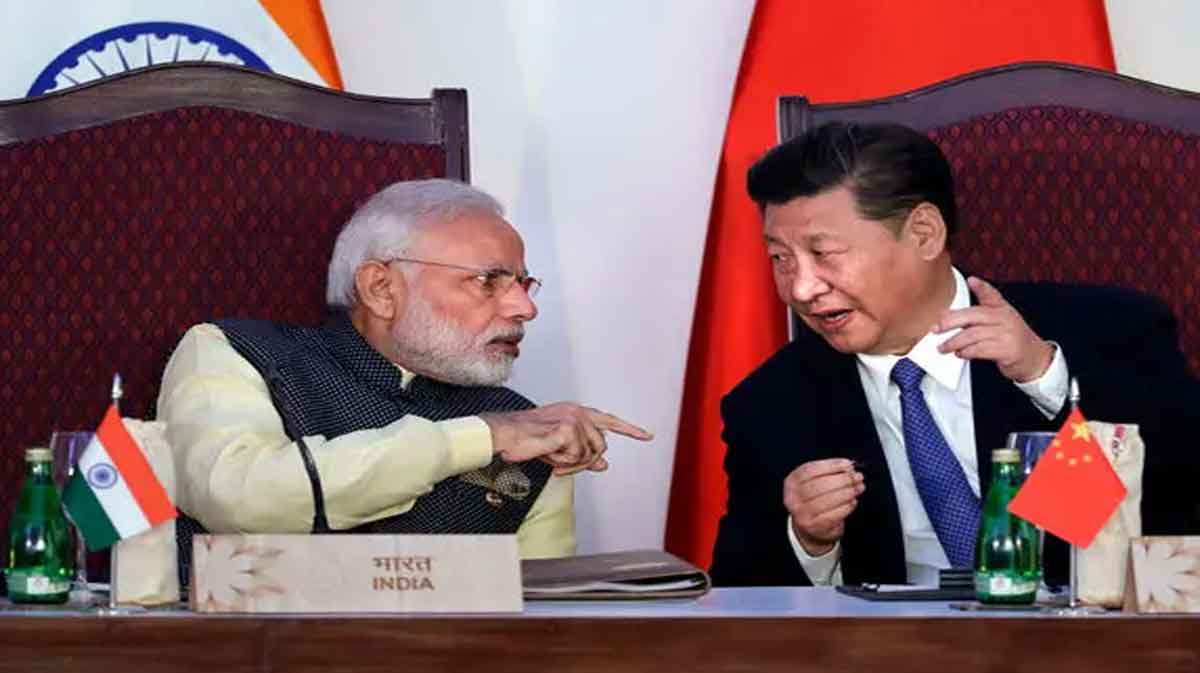The prolonged standoff between India and China in the eastern Ladakh region is on the verge of resolution, with disengagement nearly complete at the critical Depsang and Demchok areas. After more than four years of heightened tensions and diplomatic negotiations, Chinese troops are reportedly pulling back to their pre-April 2020 positions along the Line of Actual Control (LAC). Indian troops are expected to resume patrolling at these sites as early as October 31, marking a pivotal step toward restoring stability in the region.
Final Verification and Patrolling Preparations Underway
Indian and Chinese defense teams are in the final stages of verifying the mutual pullback at Depsang and Demchok. According to defense sources, ground and aerial surveillance, including the use of unmanned aerial vehicles (UAVs), will confirm the removal of remaining structures and equipment by both sides. Initial verification is expected to be complete by October 30, and patrolling could start on or before October 31, serving as a final verification measure.
An official noted that the Indian Army would return to all traditional patrol points in the area without risk of direct confrontations. In preparation, the Indian Army is notifying China’s People’s Liberation Army (PLA) of upcoming patrols to ensure mutual understanding and prevent any chance of clash or miscommunication.
Patrolling Protocols and Structure of Patrol Teams
To avoid incidents along the LAC, both India and China have agreed on structured patrolling protocols for the newly accessible areas. Patrolling teams will vary in size, ranging from 10-15 soldiers for shorter routes to 20-25 for longer missions, depending on the task and distance. Both sides will now inform each other before sending out patrol teams, facilitating smoother operations and transparent communication across the LAC.
India’s defense establishment emphasizes the need for unhindered access to traditional patrolling points, which Indian troops have been blocked from for years due to Chinese incursions. The arrangement, in which China has agreed to provide similar notifications before patrolling, is designed to foster a more cooperative environment on both sides of the LAC.
Breakthroughs in Diplomatic and Military Dialogue
The significant progress in disengagement stems from sustained diplomatic and military dialogue, initiated in the aftermath of multiple PLA incursions into eastern Ladakh between April and May 2020. Foreign Secretary Vikram Misri recently disclosed the agreement on the LAC disengagement, which he said has accelerated the removal of structures from both sides in the Depsang and Demchok areas.
This recent diplomatic breakthrough comes after discussions between Indian Prime Minister Narendra Modi and Chinese President Xi Jinping during the 16th BRICS Summit in Kazan, Russia. While these developments are promising, they do not represent a comprehensive resolution to border issues across the 3,488-km LAC stretching from Ladakh to Arunachal Pradesh. Talks are also ongoing to reduce tensions in other sensitive areas, such as Yangtse, Asaphila, and the Subansiri River Valley in Arunachal Pradesh.
Conclusion: A Positive Step Toward Stability
The disengagement in eastern Ladakh is a significant step forward for India-China relations, especially after the tense standoff that has persisted since 2020. With troops gradually returning to their traditional positions and communication measures in place to prevent future confrontations, both sides demonstrate a willingness to pursue peaceful coexistence. However, the path to a fully de-escalated and stable border remains complex, requiring continued dialogue and diplomatic commitment to address issues along the entire LAC. This disengagement, while not a permanent solution, sets a hopeful precedent for peace and cooperation in the region.
(With inputs from agencies)





